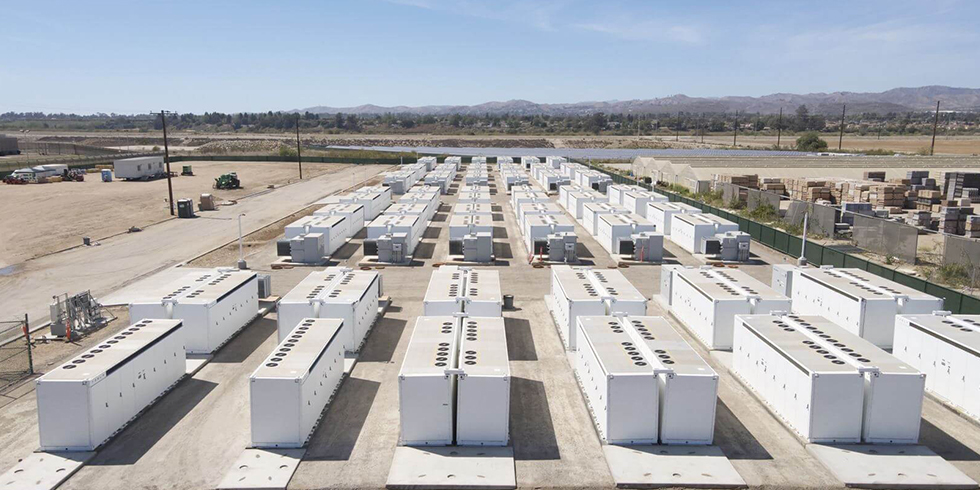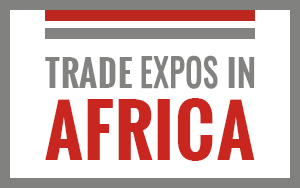Would you be surprised if I told you India was already a leader in clean energy, the most important technology of the future? Don’t worry you are not alone. In fact it’s more surprising the Indian government doesn’t brag about its achievements given it has shown no such shyness on other issues.
Across India, right now there are villages where households get loans to buy a solar power system for a few light bulbs inside. They don’t need to pay for power, only the initial cost. It is helping children study at night, saving farmers money on their crop, letting remote hospitals do necessary operations.
Renewable energy can not only transform thousands of villages and towns across this vast country, it can put also India on an accelerator into the future. The opportunities for transformation are vast. The only complaint is the BJP government is not going far enough.
Last month the New York Times even praised India (and China) for leading the world in clean energy investment, as it complained that Donald Trump’s America “now looked like a laggard.” With the Americans now planning to leave the Paris climate agreement the opportunity for Modi to lead the world is even greater.
In the last few years the global price of solar energy has fallen so fast it has left heads spinning. A lot of that drop has come from here. Five year ago solar companies in India were producing a kilowatt-hour for Rs.7. It’s now down to Rs.2.44 - even cheaper than coal. The world is watching in amazement.
The strides being made here are manifold: first the price of supplying solar power to the grid is falling fast. That in turn gets more companies to invest more money and create more jobs. And storing power for cloudy days has become less of a problem as the price of batteries has fallen. Being able to produce cheaper energy helps Indian companies export parts to all over the world.
Secondly, falling prices have encouraged the centre to set ambitious targets to expand clean energy capacity: from 36 gigawatts now to 175 gigawatts in five years. They even want to ensure only electric cars are sold by 2030. This could mean an end to blackouts and bottlenecks, and an economy that grows even quicker.










Add Comment